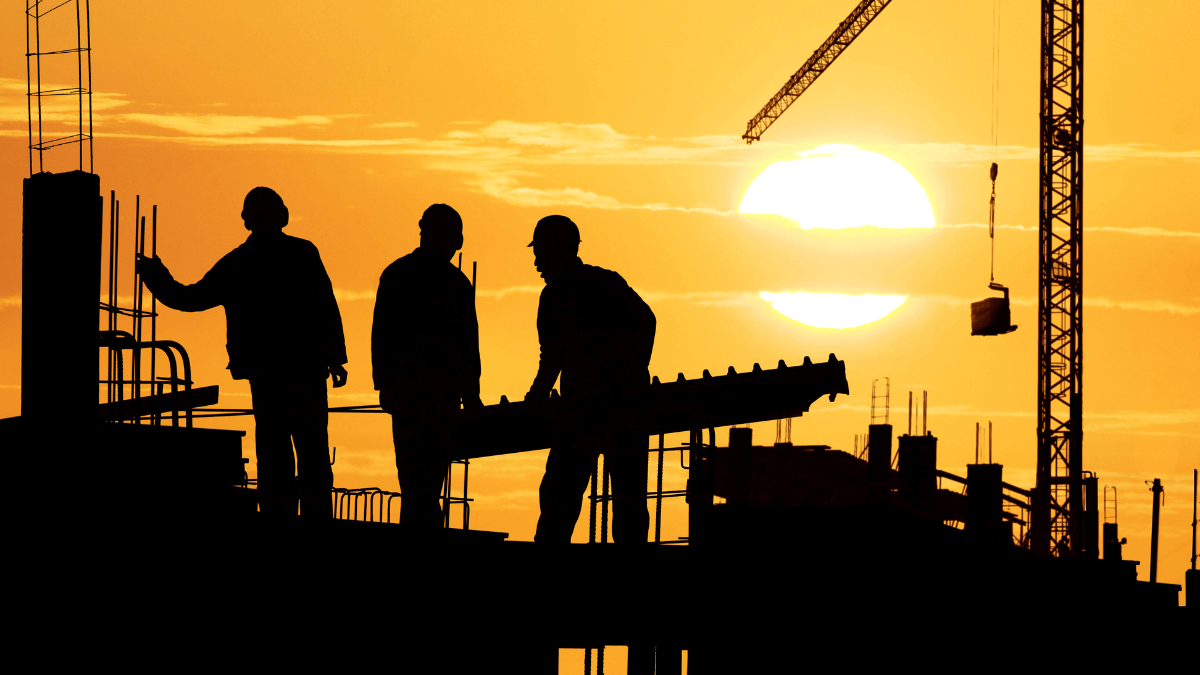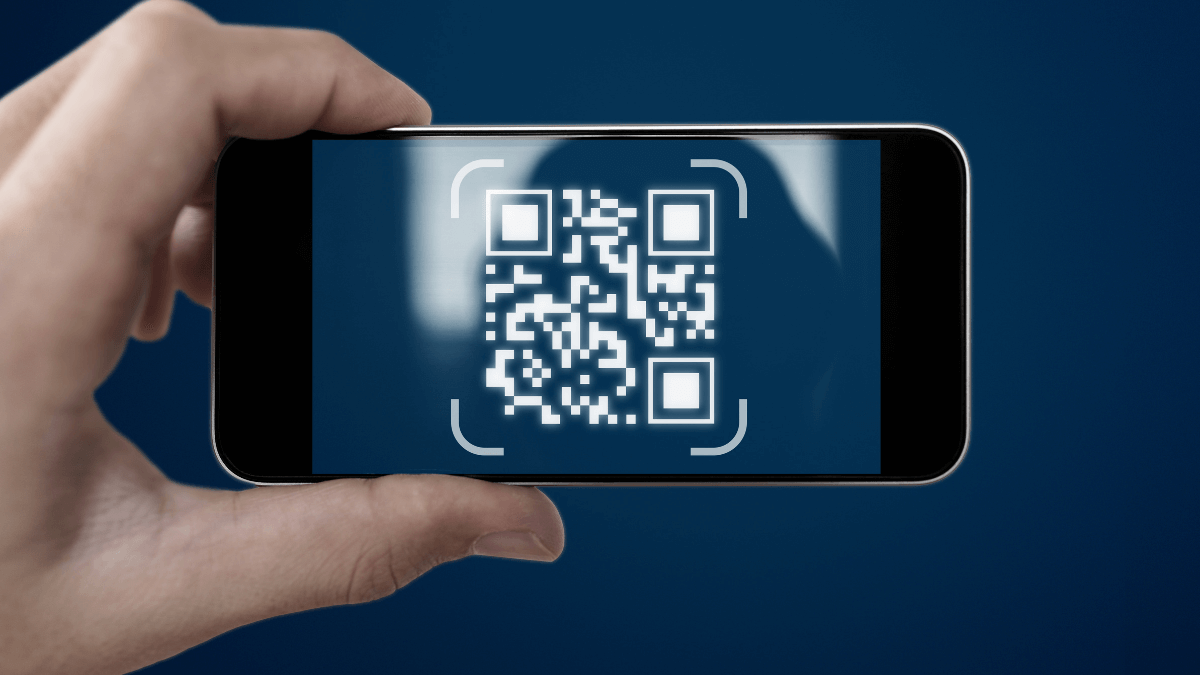Key Takeaways:
- Identifying all potential risks is the foundation of any construction risk management plan.
- Prioritizing risks based on their likelihood and impact allows construction companies to focus on the most critical threats first.
- Ongoing monitoring and regular evaluation of the risk management plan ensure it remains effective.
Risk management is a crucial element of construction project success.
But it’s also a complex, ongoing process filled with potential pitfalls.
One surefire way of avoiding them is to create a risk management plan that will serve as the basis of all your future efforts in identifying, mitigating, and managing risks throughout the project lifecycle.
And if you want to be sure you’ve included everything you need, we’ve got you covered.
In this step-by-step guide, you’ll learn all about the must-have elements of construction risk management plans, coupled with expert advice and practical tips.
So, let’s dive right in!
In this article...
1. Identify All Potential Risks
Identifying all potential risks that could hinder your project is the first step toward creating an actionable risk management plan.
Comprehensive risk assessment helps businesses account for major and minor risk factors, as well as ensure that the best prevention and mitigation measures are in place.
Keep in mind that, the bigger the project, the more time it will take to identify risks.
That’s why it’s helpful to start with common construction risks or broader categories of risks, like the ones outlined in the image below.

Yes, having a framework like this helps with the initial brainstorming.
But not every project is equally threatened by the same set of risks.
So, your next step is to zero in on project-specific risks by involving as many relevant stakeholders as possible—from project managers and engineers to subcontractors.
That way, you’ll be covering more ground, and not forgetting any potential risk.
In dynamic, unpredictable environments like construction, having a comprehensive risk assessment is crucial to prevent costly disruptions.
Coming from a different, yet similar context, Fire Chief Brody Miller’s advice on managing high-stakes, rapidly changing scenarios is to form work groups and collect all relevant input early on.

The heavy workload and clashing schedules can make it challenging to get the stakeholders in the same room or on a call, but there are ways to make the brainstorming process run smoothly.
For instance, you can rely on collaboration tools, visual whiteboards, and mind map diagrams, like this one by Visual Paradigm pictured below.

That way, relevant stakeholders can leave input over a longer period, keep track of key updates, and join in for decision-making when necessary.
Remember, taking the time to jot down every possible risk helps you avoid potentially costly scenarios later on.
2. Prioritize the Risks
The risks you’ve identified are going to differ based on their likelihood and impact, so you need to take the time to prioritize them accordingly.
Why?
Because construction companies that effectively evaluate and pinpoint critical risks are in a better position to create a risk management plan that will enable them to navigate the disruptions with minimal losses.
There are two types of methods you can use to rate risks and determine priorities: qualitative and quantitative.
Qualitative methods provide a faster, expert-driven assessment of risks using tools like 3×3 or 5×5 risk assessment matrices.

You can easily modify the risk matrix to suit specific scenarios and immediately get a better sense of which risks you should prioritize and look into more closely.
On the other hand, quantitative methods are based on statistical analysis, giving you data-driven insights that can help in long-term planning.
One practical quantitative method is Expected Monetary Value (EMV), which enables you to assign a financial value to potential risks.
Let’s say that our risk matrix flagged project delays as a critical risk.
Historical data from past projects and statistical analysis point to a 20% probability of delays and around $50,000 in additional costs.
Based on these numbers, the delay EMV would be $10,000 (0.2 * $50,000). With this estimate, you can plan for contingency funds more easily.
As you can see, these two methods work together to help you determine which potential risks require your immediate attention.
But prioritizing risks is also influenced by general trends and findings on top engineering and construction risks.
The Allianz Commercial report suggests that construction businesses should be mindful of several risk factors, including the ongoing threat of extreme weather events.

Namely, natural catastrophes emerged as the second most common cause of claims by value in E&C insurance, and given the recent devastation by Hurricane Milton, these numbers will either persist or increase in 2024.
So, when prioritizing the risks your construction business might encounter, make sure to consider industry trends, historical data, and project-specific factors to address the most critical threats first.
That is the surest way you’ll single out critical risks and prepare effectively.
3. Decide On Risk Response Strategies
Each identified risk requires a response strategy, which doubles as our next step in creating a construction risk management plan.
There are four common risk response strategies used by project and risk managers across different industries:
| Avoidance | Adjusting plans or strategies to avoid the risk entirely, without endangering project objectives or standards. This can mean choosing not to order specific materials due to a high risk of shortages. |
| Mitigation | Taking measures to reduce the risk’s likelihood or impact. For example, supply chain disruptions are always possible, but supplier diversification efforts can help reduce this risk. |
| Transfer | Shifting or sharing the portion of the risk with a third party, e.g. an insurance company. One common scenario is insuring high-value equipment. |
| Acceptance | Acknowledging the risk and deciding to deal with the consequences if it occurs. Typically done in the face of minor risks, when alternatives would be costlier than the potential impact. |
Each of these risk response strategies has its advantages and limitations, and applying the right one can be tricky.
Take risk transfer, for example, and how the largest oil spill in US history uncovered the limitations of this risk management method.
The notorious 2010 Deepwater Horizon oil spill resulted in multiple casualties, an irreparably damaged ecosystem, and a settlement amounting to $20.8 billion.
The case was highly complex on several levels, leading to a ton of insurance issues, and major losses for BP, the oil giant ruled primarily responsible for the oil spill.
Like any major petroleum player, BP had risk management mechanisms in place.
However, it was largely self-insured through its captive, Jupiter Insurance Ltd.
With their policy limited to $700 million, some of the costs were offset by insurance, but BP still had to deal with the bulk of the financial fallout.
This example illustrates a crucial point: relying on a single risk response strategy means more vulnerability to extreme losses.
So, explains Compliance Officer Timothy Cradle, your goal should be to combine multiple approaches in the most optimal way.

Making clever risk response choices is never easy, but combining different strategies is sure to bring your company one step closer to an effective risk management plan.
4. Assign Risk Management Responsibilities
Effective risk management depends on assigning responsibilities to relevant stakeholders.
Without this, you’re setting yourself up for failure for several reasons, including:
- a lack of communication,
- an accountability gap, and
- and poor risk management overall.
So, how do you go about assigning roles and responsibilities?
Traditionally, risk managers were the ones to take on a central role here.
However, larger construction companies and industry leaders have elevated risk management beyond its tactical function and are increasingly appointing Chief Risk Officers (CROs).
To reflect this trend, a division of risk management roles in a large (or even medium-sized) organization could look something like this:

Of course, many companies aren’t in a position to invest the same resources in risk management and open up entire departments dedicated to it.
As such, risk managers or operations managers usually handle multiple risk areas, but can share some of the responsibilities with CFOs and HR officers.
Besides creating cross-functional roles, you can outsource some activities to consultants or specialized firms to free up more time for other key parts of operations.
This streamlined approach can be particularly cost-effective for areas such as legal compliance.
But regardless of the size of your team and preferred framework, it’s important to establish risk management as a shared, company-wide responsibility.
Clarity and education are paramount in these efforts, explains Rogelio Bautista, whose experience is rooted in two decades of risk management.

Handling construction risks depends on establishing clear roles and expectations while making an effort to cultivate a shared sense of responsibility and risk ownership.
So, ensure that all team members understand their responsibilities, are equipped to address potential risks, and collaborate to proactively manage challenges throughout the project.
5. Document the Plan
Once you’ve collected the necessary information and done all the prep work, it’s time to document your construction risk management plan.
For starters, you need to include all the outcomes of the previous steps:
- the risks you’ve identified and evaluated,
- the potential response strategies, and
- the risk management roles and responsibilities.
Now you’re ready to add additional components to your risk management plan: from overall scope and strategies to key procedures, including reporting and monitoring.

When it comes to presenting this information, there are a few best practices you can rely on.
Firstly, communicate visually whenever possible.
Using charts, diagrams, and other visual aids enhances the overall understanding of the various elements of the plan and makes specific concepts stick easily.
Plus, it will make it easier to avoid complicated jargon.
Next, you want to organize the information within the plan in the most intuitive way possible.
The overview of the construction job and the risk management process usually come first, but different risk management plan templates propose alternative layouts and section orders.
For example, the Smartsheet template outlines the necessary resources before roles and responsibilities, and then elaborates on key project impacts.

Alternatively, you can define roles and processes, including the risk assessment matrix, before getting into more technical details like resources.
It all depends on what order of information makes the most sense to you and your team.
In any case, a carefully crafted risk management plan will be the basis of your risk management efforts for a long time, so take your time with this crucial step.
6. Monitor the Risks
With the risk management plan complete, you have everything in place to start monitoring and reporting on risks throughout the project.
Ongoing monitoring will enable you to stay up-to-date with the status of all logged risks and related responses, thereby enabling smooth project progression.
The graphic below illustrates the cyclical nature of identifying and reviewing risks.

Since there can be several active risks at the same time, managing them all successfully depends on establishing active communication channels.
Providing regular updates is essential for effective risk management, but don’t stop there.
You also want to schedule risk review meetings with key stakeholders to discuss your overall risk management process.
One way of streamlining these processes is with the help of technology.
For instance, software solutions like dRofus can help create a single source of information for all project stakeholders by consolidating disparate data sets.
That way, project stakeholders get access to all project insights and intelligence on the same platform, making it easier to manage risks.
Furthermore, there are solutions out there that can help you monitor and mitigate specific construction risks, such as the ever-present danger of construction site theft.
Our asset management solution, GoCodes Asset Tracking, combines multiple tracking methods to provide real-time visibility into locations and usage of all your equipment across multiple job sites.

Moreover, our powerful geofencing feature enables you to set up invisible security perimeters in order to track equipment movement if it leaves designated areas.
This, in turn, helps prevent theft and unauthorized use of your valuable assets.
At the same time, you can keep track of operational efficiency and equipment utilization, which can help mitigate the risks of using old construction equipment and log risky driver behavior.

Overall, ongoing monitoring of the identified construction risks ensures that your risk management plan remains effective, up-to-date, and adaptable to any changes or new risks that may emerge throughout the project.
7. Evaluate the Effectiveness of Your Risk Management Plan
Your risk management plan and its creation is not a one-time endeavor—it’s a living document that reflects changing project conditions and includes newly identified risks.
In other words, effective risk management planning depends on regular evaluation and refinement of processes.
The first thing you should check is whether the plan is well integrated with your other business processes.
An effective construction risk management plan drives proactive risk identification, allows you to adjust project schedules accordingly, and enables continuous improvement.

So, if you notice you haven’t been excelling in any of these areas, it’s time to reevaluate your risk management plan.
A clear understanding of what went well and what went wrong ensures that your risk management process evolves with each new project.
And it’s not just about finding the best new tools to help you going forward, either.
It’s also about your ability to reflect on past performance and adopt new approaches.
This enables you to cultivate the resilience and flexibility necessary for construction today.
Bahare Heywood, Chief Risk and Compliance Officer at juggernaut law firm Clifford Chance notes how complex the risk landscape is becoming.

Even in the face of countless new risks, your construction risk management plan lays down the mechanisms enabling you to keep everything in check and your company on a steady course.
To sum up, revising and updating your plan helps you stay aligned with company objectives and agile enough to address new challenges.
Conclusion
We hope that the breakdown of these 7 steps to follow will help you create a comprehensive risk management plan for your own company.
Once you take on this challenge, you’ll be able to complete construction projects with newfound confidence and success.
The key is to stay adaptable and proactive and learn on the go as much as you can.
So, invest time and effort in your construction risk management plan, leverage technology for monitoring, and incorporate lessons learned—you’ll see the results in no time!





